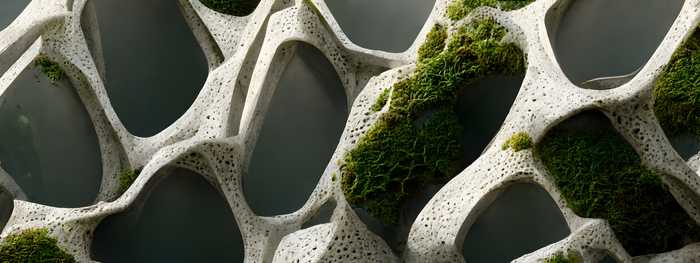5 Stunning Examples of Architecture Inspired by the Natural World
Biomimicry is the idea of drawing inspiration from nature to create innovative solutions for human challenges. By observing and emulating the organic forms and processes found in the natural world to develop sustainable and efficient designs, engineers, architects and inventors have been able to find solutions to some of the most complex models in the fields of transportation, communication, and construction.
From the wind turbines modelled on the aerodynamic pectoral fins of a humpback whale to spider web glass, humans have long recognised that the animals, plants and even microbes with which we cohabit this planet, possess an unparalleled expertise in problem-solving.
Indeed, nature, with its billions of years of evolutionary intelligence, has given rise to organisms that have mastered the ability to thrive in diverse environments and climates. Biometric architecture, inspired by the principles of nature, aims to integrate these time-tested strategies into the built environment.
So, then. Let us find some architectural inspiration; where nature's influence has resulted in extraordinary structures that embody sustainability, innovation, and impeccable design. Just as nature intended!
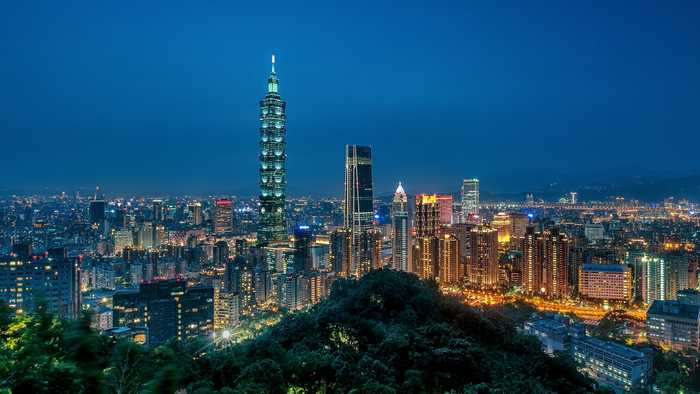
TAIPEI 101, Taiwan
Standing at 1,671 feet, Taipei 101 was once the world’s tallest building; a stunning blend of natural aesthetics, East Asian culture, and cutting-edge technology. Inspired by the structure of a bamboo stalk—with its green glass curtain walls—this eye-catching skyscraper has visually dominated the landscape of Taipei’s Xinyi District since the mid-2000s.
To mimic a bamboo stalk, Taipei 101 was built with integral strength and flexibility in mind; enough to withstand typhoons and earthquake tremors that have historically impacted the area. The central tower consists of eight segments, each with eight floors; paying homage to the sacred number, which, in Chinese-speaking cultures, represents prosperity and abundance. Each individual floor features a double-sloped step design which aims to dramatically reduce crosswind vibrations.
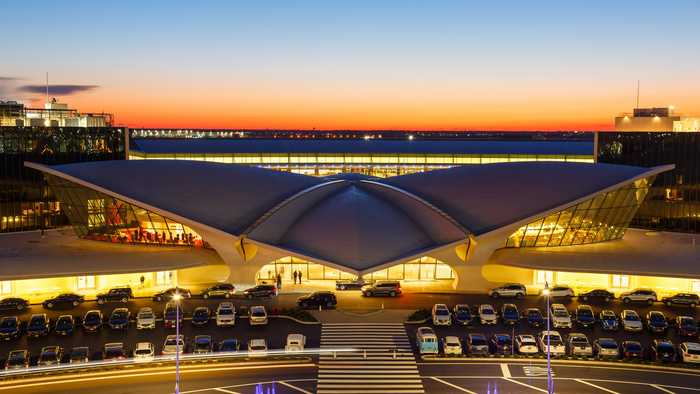
TWA Flight Center, New York
The TWA Flight Center is a visually stunning airport terminal and hotel complex found at John F. Kennedy International Airport in New York City. Operational from the early-1960s to the turn of the millennium, the Flight Centre was later remodelled in 2017 and incorporated into the TWA Hotel building.
The building's design was created to evoke the emotions and sensations associated with the process of natural and technological flight. With distinctive forms created from minimal materials—including a thin concrete shell and a curved, aerodynamic shape that mirrors the profile of both birds and planes— the TWA Flight Center's design perfectly captures the sleek efficiency of aviation.

Research Pavilion, Stuttgart
The ICD/ITKE Research Pavilion 2014-15 is an architectural project inspired by the underwater nest construction of the water spider. Using a cutting-edge robotic building process, which helped reinforce the internal carbon fibre frame, the structure is lightweight and spacious, with a composite shell forming the central pavilion. A wonderfully unique building project, one that combines natural beauty and highly material-efficient design.
A wide range of architectural projects have been created by the Institute for Computational Design and Construction that use advancing technologies with the power to completely alter the way in which we approach design and build projects in the future. The Research Pavilion in Stuttgart is a showcase of innovative construction methods, influenced, intrinsically, by the natural world.
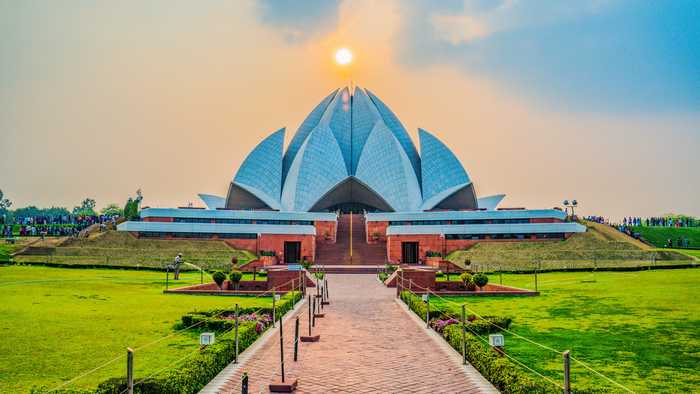
Lotus Temple, New Delhi
The Lotus Temple, located in New Delhi, India, is a breathtaking architectural masterpiece that is inspired by the elegant form of a lotus flower. Designed by Iranian-Canadian architect Fariborz Sahba, this stunning temple serves not only as a place of worship for the Bahá'í faith—but also as a symbol of purity and beauty in Hindu culture.
The design of the Lotus Temple is rooted deeply in Indian tradition, and Sahba used the lotus, a sacred flower in Hindu culture, as the inspiration for the building's construction. The structure is made up of 27 freestanding marble petals arranged in groups of three; forming the nine-sided circle of the lotus design. The use of marble, a material associated with opulence and beauty, only enhances the building's symbolic significance and aesthetic appeal.
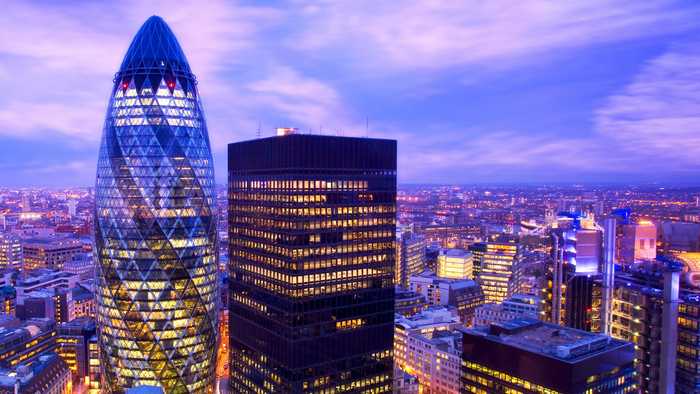
The Gherkin, London
The Gherkin, officially known as the St. Mary Axe Building, is an iconic skyscraper located in the heart of London's financial district. Designed by renowned architect Norman Foster, this distinctive building is instantly recognisable on the English capital’s skyline.
The design of The Gherkin is hugely influenced by the elegant symmetry found in nature. The diamond-shaped glass panels that form the building's exterior are arranged in a lattice pattern, mimicking the intricate structure of the Venus' flower basket sea sponge. The Gherkin is also a pioneer in sustainable architecture. The building's innovative ventilation system is inspired by aquatic organisms such as sea sponges and anemones; instead of filtering water, however, The Gherkin filters air to reduce its reliance on traditional air conditioning methods.
How can we help?
If you’ve been inspired by any of the architectural projects in today’s blog, or would like to discuss your own unique building venture, please don’t hesitate to get in touch.
Posted by Wouter De Jager on April 18th 2023

